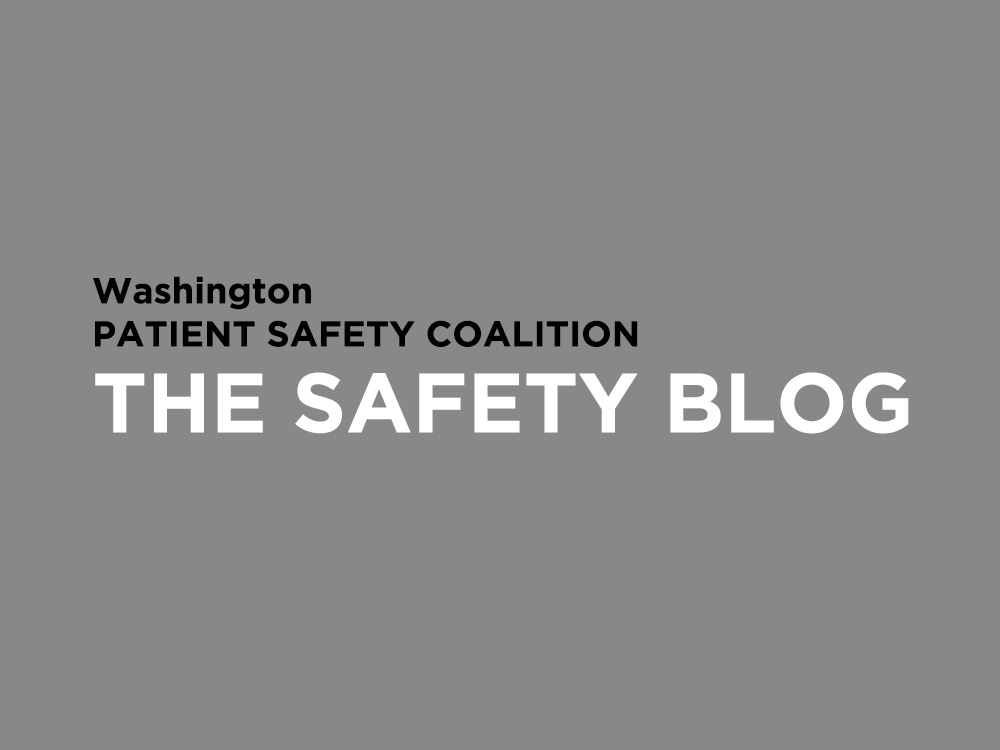- FHCQ Foundation for Health Care Quality
- COAP Care Outcomes Assessment Program
- Spine COAP Care Outcomes Assessment Program
- SCOAP Care Outcomes Assessment Program
- OBCOAP Care Outcomes Assessment Program
- CBDR
- Smooth Transitions
- WPSC Patient Safety Coalition
- Bree Collaborative Bree Collaborative
- Health Equity Health Equity
- Admin Simp
- Contact Us
“Of all the forms of inequality, injustice in health care is the most shocking and inhumane.”

“Of all the forms of inequality, injustice in health care is the most shocking and inhumane.”
[two_third]
by Sharon I. Eloranta, MD[br]
Medical Director, Quality and Safety Initiatives[br]
George W. Merck/Institute for Healthcare Improvement Fellow[br]
Qualis Health
[br][br]
These were the words of Dr. Martin Luther King, Jr., in a speech to the Medical Committee for Human Rights, 1966. Many of today’s health care providers were not even born then – 48 long years ago – and what is shocking to me is how little has changed over these years with regard to equitable healthcare for all.
Let’s first think about patient safety. If “do no harm” is the primary responsibility of the medical system, all patients should have an equal and certain expectation of remaining safe in the hands of healthcare. Unfortunately, we know through reports from organizations such as the Institute of Medicine, that none of us should assume or presume safety. Errors of omission and commission affect almost every encounter: in hospitals, physician’s offices, in long-term/post acute care and ancillary services. When patients venture across the gaps between settings, the potential for safety mishaps is multiplied.
Data from the Disparities National Coordinating Center (for calendar year 2011, published in 2014) show that for Medicare fee-for-service beneficiaries who self-identify as Black or Native American are more than twice as likely to be readmitted to a hospital within 30 days, and are one-third again more likely than non-Hispanic Whites to develop pressure ulcers in long term care. Rural residents have lower life expectancies, and the literature continues to indicate the undertreatment of pain for certain minority populations. Let’s not believe that we do well in Washington State ; as just one example, these characteristics are independently associated with higher Medicare FFS readmission rates, after controlling for all other factors : dual status (socioeconomic stress); age below 65, having four or more chronic conditions; Native Americans; Blacks; and males.
To paraphrase one of our hometown Seahawks: “You mad yet?” What should we, as the patient safety community in our state, do to take action? First, familiarize ourselves with the revised CLAS (culturally and linguistically appropriate services) standards. These 15 standards, developed by the Office of Minority Health in 2001, were updated in 2013. They cover three major areas applicable to all organizations (workforce, language assistance, accountability, etc). Healthcare agencies and providers should identify those that they would prioritize for implementation based on current status. My own organization, Qualis Health, is taking steps to assure our adherence to relevant standards and I challenge you to do so as well. Need help? Contact the Governor’s Interagency Council on Health Disparities at www.healthequity.wa.gov.
Next, know your own data. National and regional data can be helpful, but local data are required for action. Who’s at highest risk of readmission in your own hospital? If you are in a skilled nursing facility, what are the racial/ethnic/age/gender breakdowns of your Quality Measures? And so on. Once you identify a population at increased risk, dedicate resources to overcoming the gap in safety. The Robert Wood Johnson Foundation (RWJF)’s “Finding Answers: Disparities Research for Change” program conducted an extensive literature review, and has provided a summary article including specific considerations when planning interventions: http://www.ncbi.nlm.nih.gov/pmc/articles/PMC3403142/.
Remember that the responses to disparities operate through many levels of influence (patient, provider, microsystem, organization, community, policy) and work through those levels in your community to create change.
Finally, do not let this rest – there are many issues demanding our attention at all times, but making disparity reduction an integral part of your quality and safety efforts, part of daily work and culture, will help us all become safer and healthier.
Thoughts? Share with us here.
[/two_third]
Recent Posts
- TakeCharge This Patient Safety Awareness Week: 5 Steps to Safer Healthcare
- Stigma & Bias in Healthcare: The Obstacles, Consequences and Changes Needed
- Agility in Crisis: How The Everett Clinic responded to COVID-19
- Collaboration over Competition: How Pediatric Hospitals Can Thrive When They Work Together
- Reducing Stress for Health Professionals During the COVID-19 Pandemic

